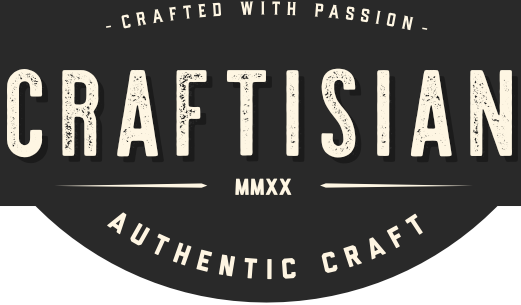Share your craft projects
Make new craft buddies
Ask craft questions
Blog your craft journey
@splintergroup What you’re suggesting, if I understand it correctly, is fairly similar to what my “well, heres a method that makes the initial jig a viable alternative” solution.
Your proposed method, if I’m not mistaken would be similar, but I’d be mounting the piece between a live cetner and a spur center, actually turning an inch or so, then chucking up that inch. Then, the drill would be in the tailstock, not the headstock, right?
It’s definitely a clever approach too, but slightly less ideal for my application. The hole will not be centered relative to the cross section of this board, which means it will be turned while out of balance, which is sketchy. Additionally, that would then require me to chop off an inch or so of the material I needed just to fit in the collet. I think this method might be a bit simpler as a result, but still, I like your idea too!
As for my idea, does it make sense? Do you think it would be viable?
It’s worth noting- I bought this lathe in the buildup for this very project. At one point in the shopping process, I had narrowed it down to the Rockler 12-24 and the Rikon 70-1420VSR. The Rockler cost about $400 or more less than the Rikon. But the Rockler had a minimum speed of 300 RPM, the Rikon had a minimum speed of 150 RPM, and a quick google search led me to the following webpage https://kmtools.com/products/forstner-bit-rpm-chart?srsltid=AfmBOooOMnodTQVGVb4FBf3qGxPNM8jzPsuO0Q9b_zN2g3Sd_lJiGJ7q which states that for my expected max diameter drill bit, a 1-3/16 or maybe even a 1-¼, (and since it’s not really possible to source those drill bits at all, but especially long, in any other configuration than a forstner bit) a forstner bit of that size would call for 250 RPM. There were definitely a few other bells and whistles the Rikon had that the Rockler didn’t, like indexing stops for instance, but at the end of the day, my main reason for spending $400+ more for the more expensive lathe, came down to making sure I had the low RPM potential to actually pull this off.











